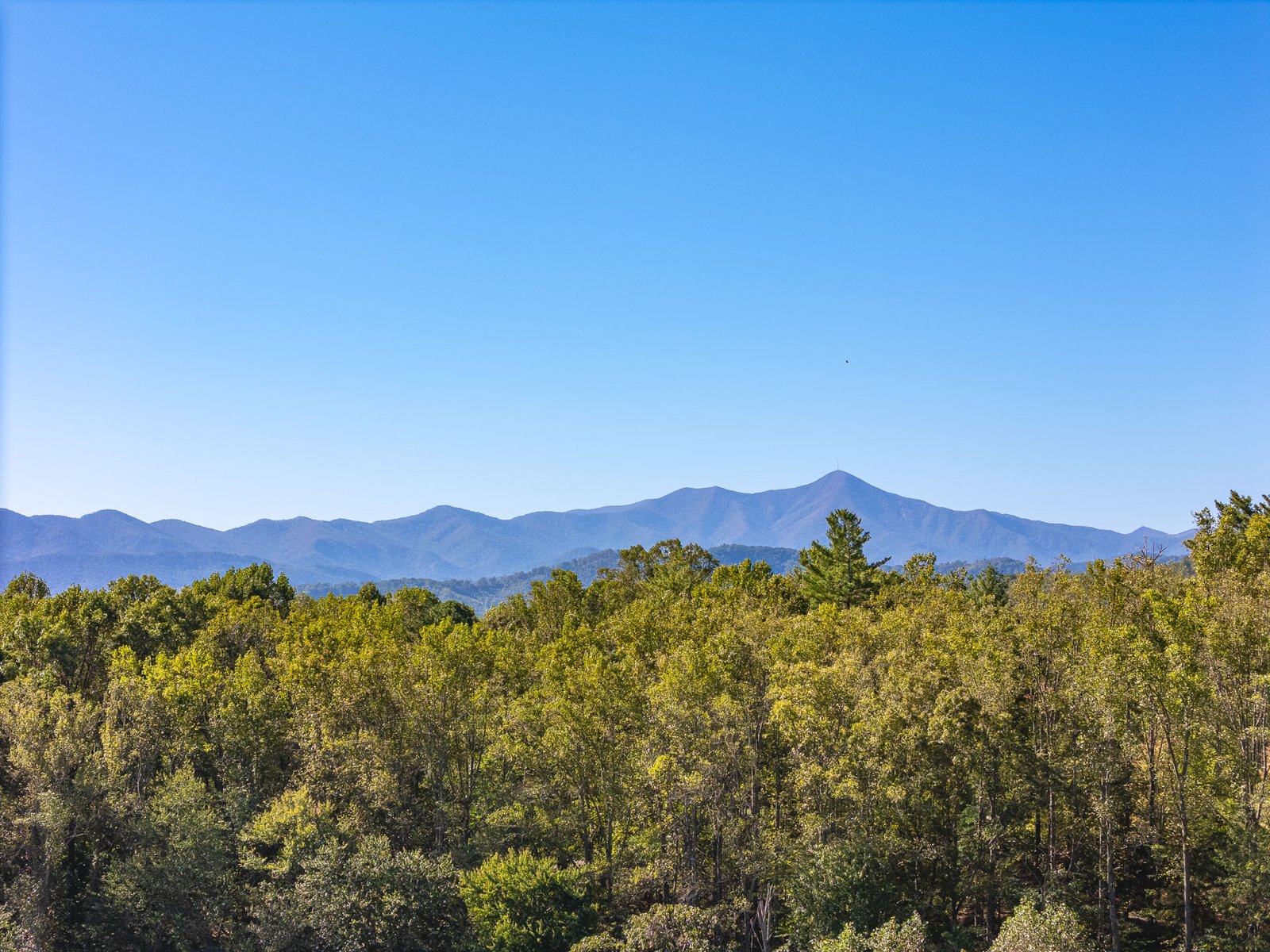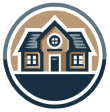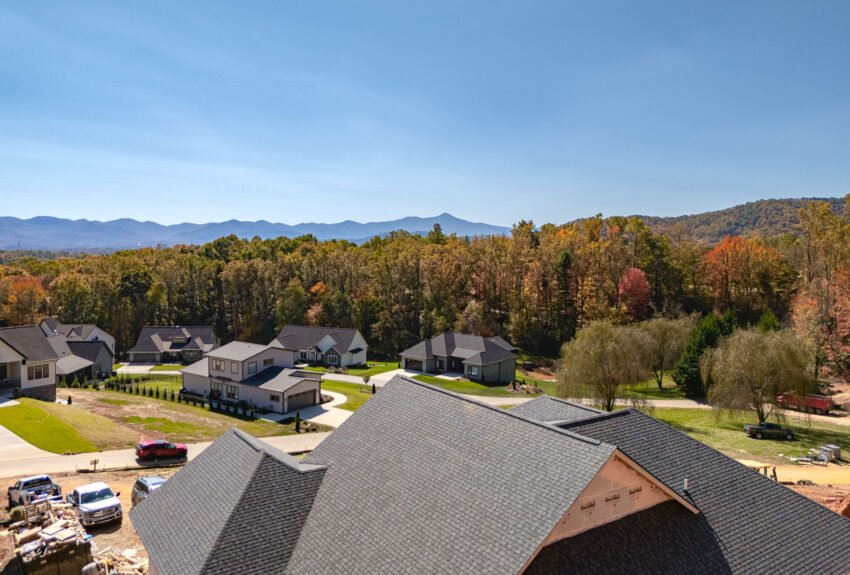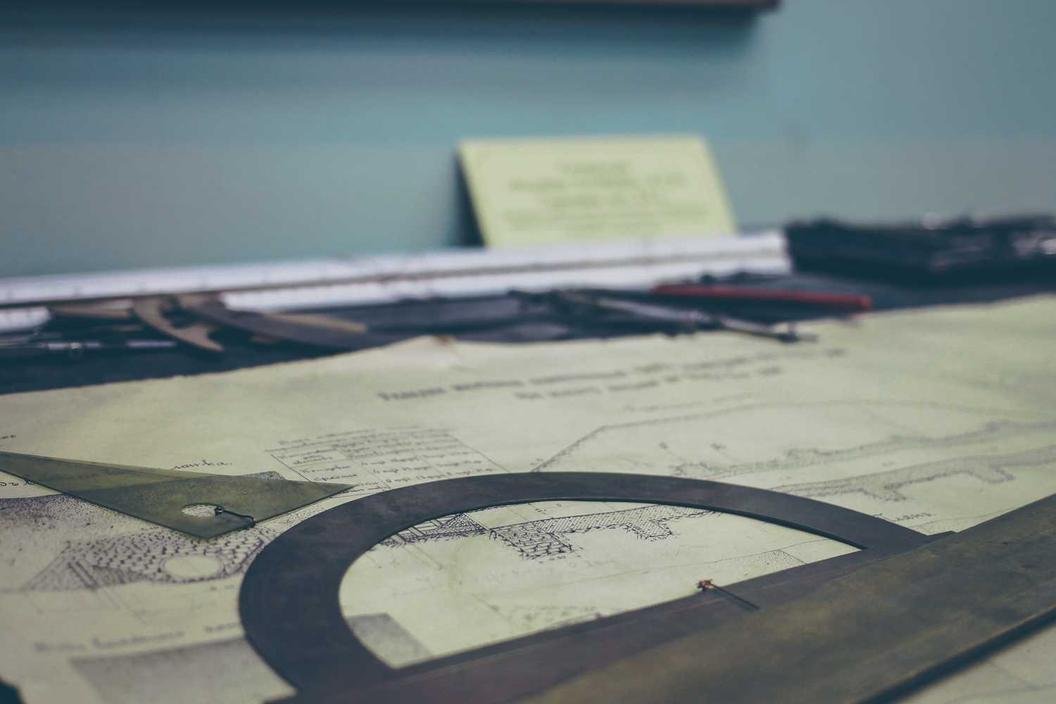Contact Us
(828) 538-2040Los Angeles Housing Crisis: ADUs Take the Spotlight
In the wake of significant housing pressures, Los Angeles is shifting its focus toward Accessory Dwelling Units (ADUs) as a strategic solution. Essentially, this means the city is looking to maximize its existing space to alleviate housing challenges.
What Are ADUs?
ADUs are secondary housing units located on the same property as a primary residence. Think of them as tiny homes, in-law suites, or even standalone guest houses that can provide additional rental income or housing options for families. They’re becoming increasingly popular across urban areas, particularly as rents soar and housing shortages worsen.
Los Angeles’ Innovative Approach
Los Angeles is embracing this trend with open arms. The city government is promoting the construction of ADUs by simplifying regulations and offering incentives to homeowners. This initiative aims to create more affordable living spaces without the need for extensive new developments.
This initiative aims to create more affordable living spaces without the need for extensive new developments.
- Streamlined permitting processes make it easier for homeowners to add these units.
- Financial incentives encourage construction, making it financially feasible.
- Community workshops educate homeowners on the benefits and processes of building ADUs.
Diverse Benefits of ADUs
The rise of ADUs brings several advantages that extend far beyond mere housing needs:
- Increased Rental Income: Homeowners can generate extra cash flow by renting out their ADUs.
- Generational Living: Families can live closer together while maintaining privacy.
- Sustainable Development: Utilizing existing lots leads to less urban sprawl and a smaller carbon footprint.
Challenges Still Ahead
However, navigating the transition to a more ADU-friendly landscape isn’t without its hurdles. Concerns about neighborhood aesthetics, potential overcrowding, and local zoning laws remain hot-button issues. But let’s break it down: effective communication and community engagement are key to addressing these fears.
Looking Toward the Future
As LA continues to face a housing crisis, the ADU movement symbolizes hope and resourcefulness. Ultimately, this could revolutionize how we think about urban living. For more insights into innovative housing solutions and projects, check out our developments at Big Hills, Stoneridge, Victoria Hills, and Horse Shoe Cove.
Big Hills
Author




